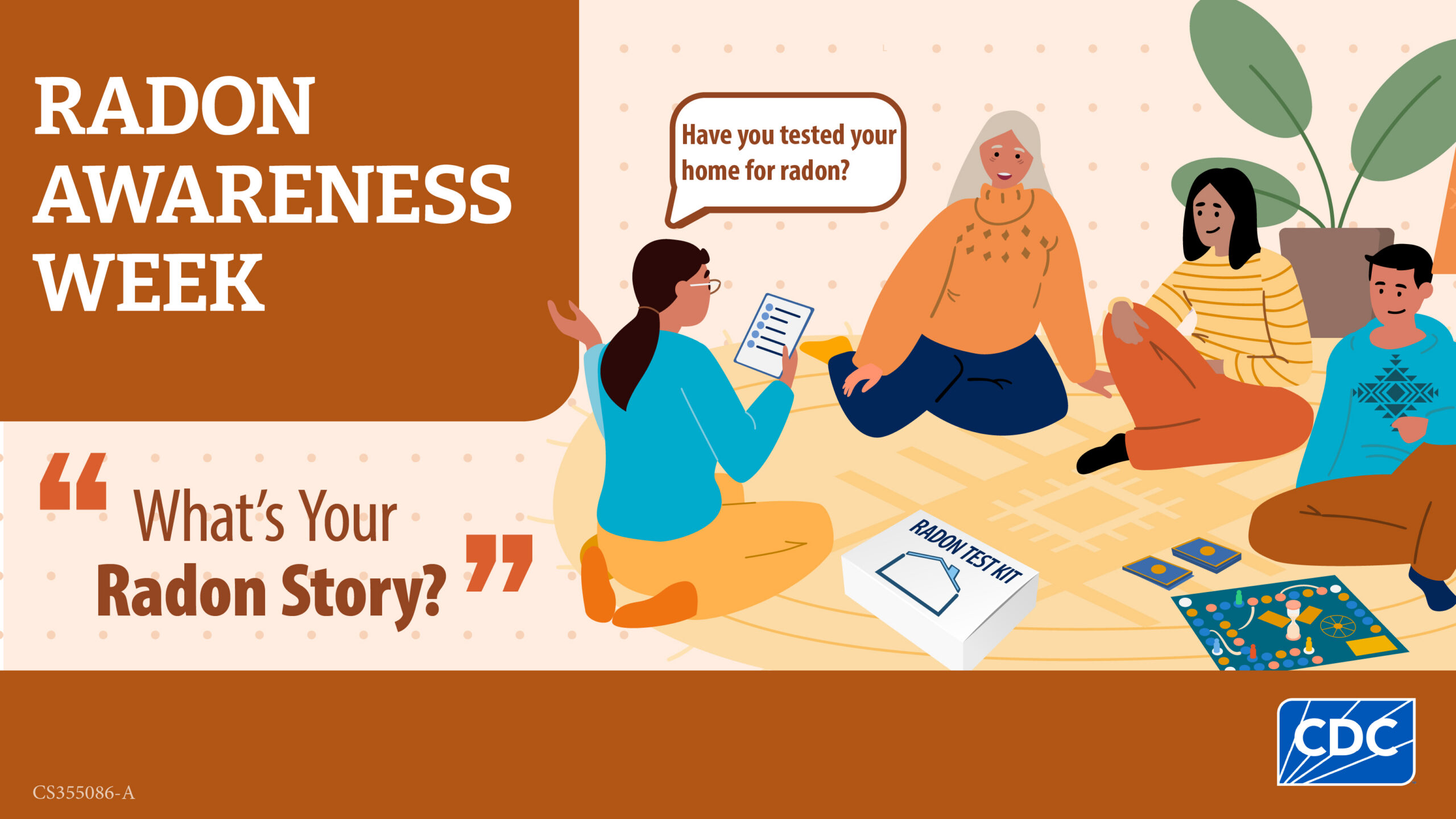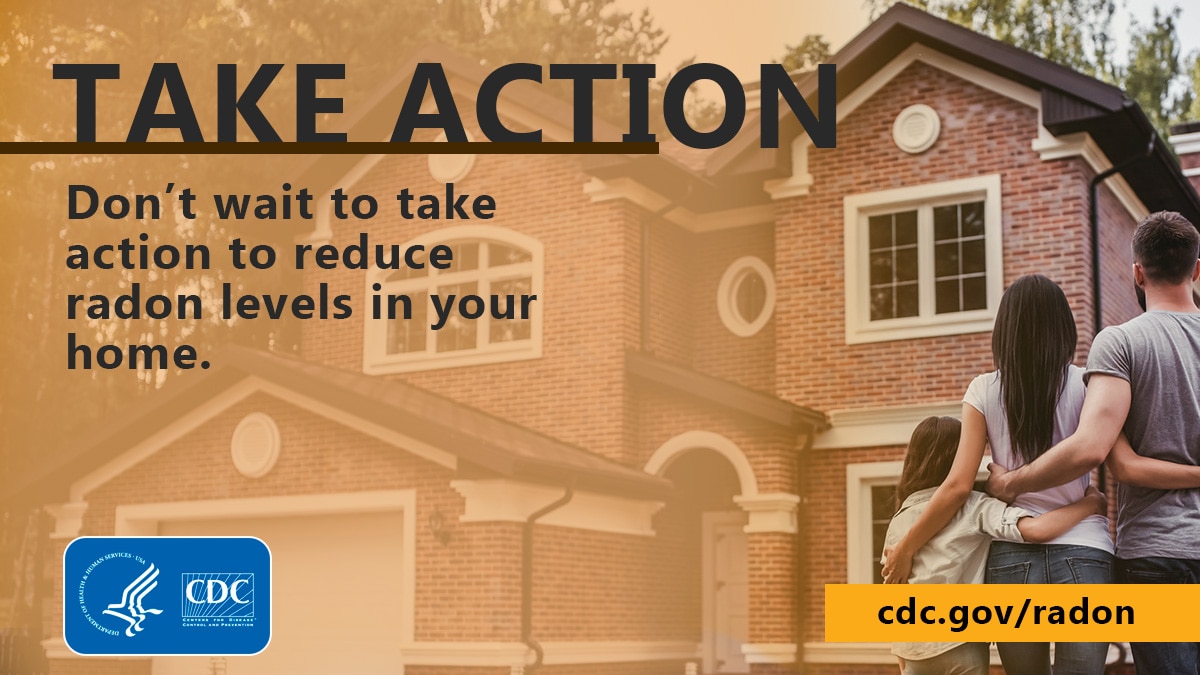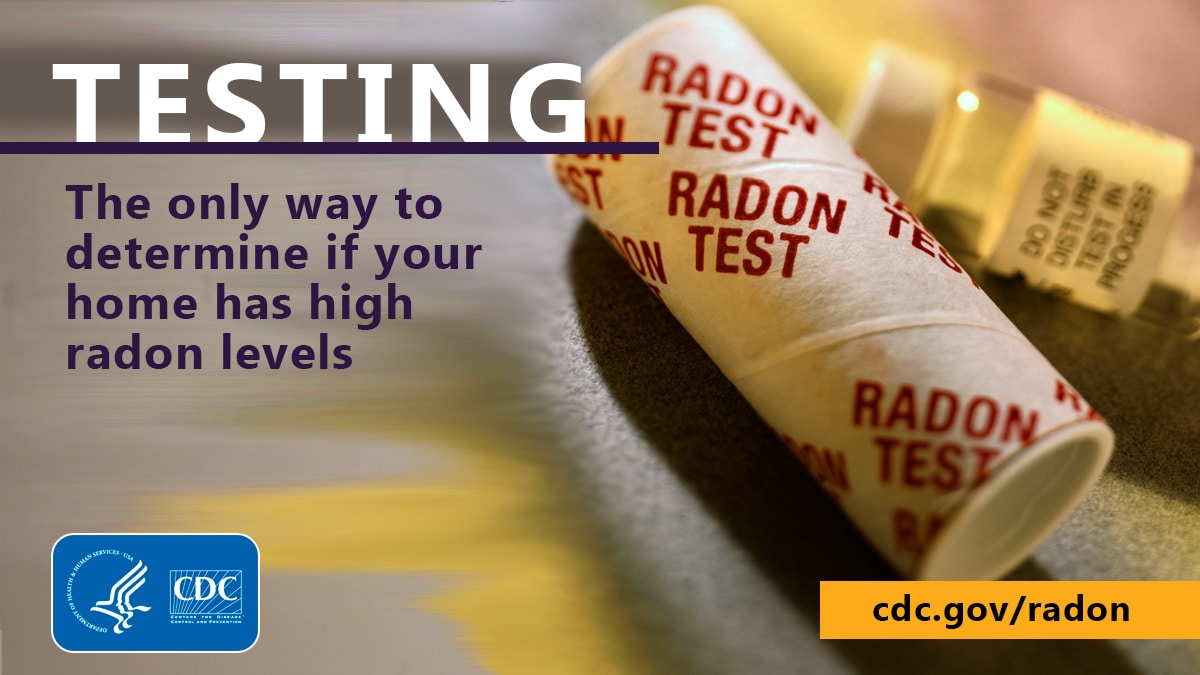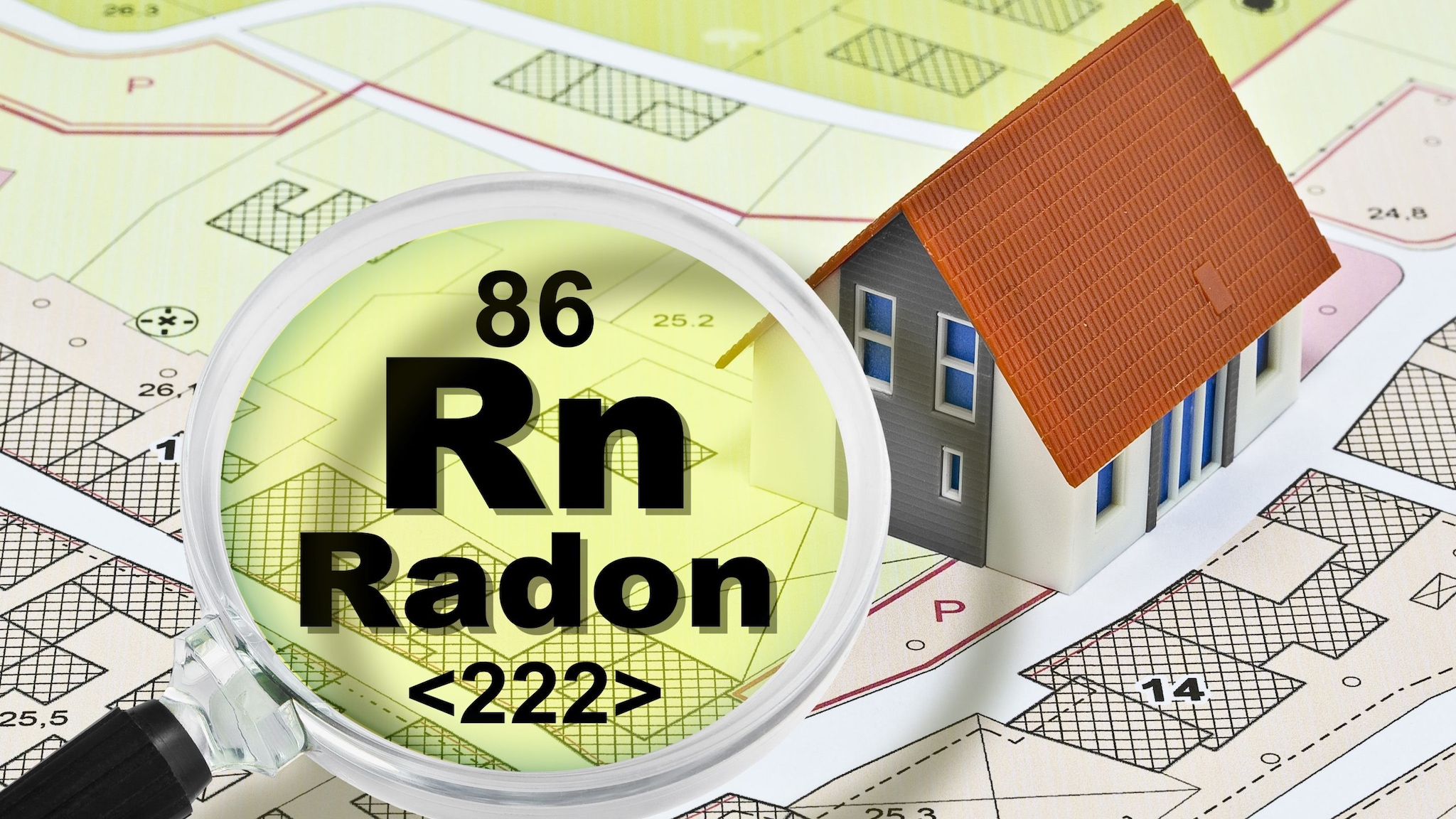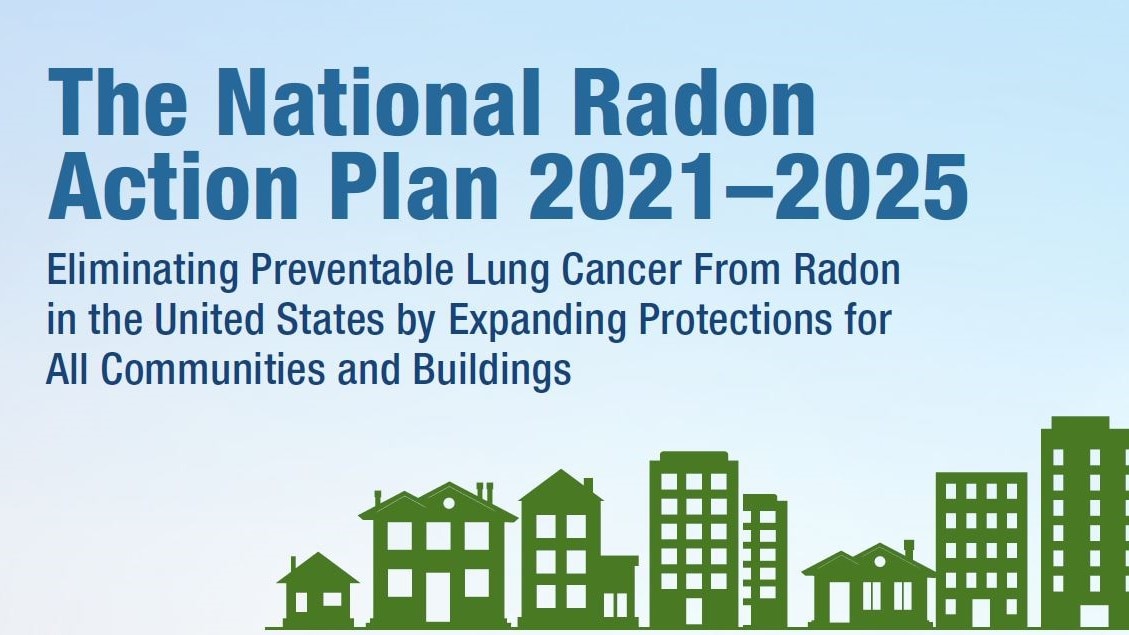Radon is an odorless and invisible radioactive gas that can build up in homes and buildings.
Raise awareness about radon risks and actions people can take to protect themselves.
Raising awareness about the risks of radon can help reduce health impacts in tribal communities.
Reduce radon levels in your home
Radon is found in groundwater, bedrock, and soil and can creep into your home.
Reducing radon levels in the home can help lower the risk of lung cancer.
Testing your home is the only way to know if radon levels are high.
Raise awareness about radon
A collection of CDC features and personal stories about how to reduce radon risk.
Radon communication resources from CDC.
Find additional resources from CDC and other federal agencies.


